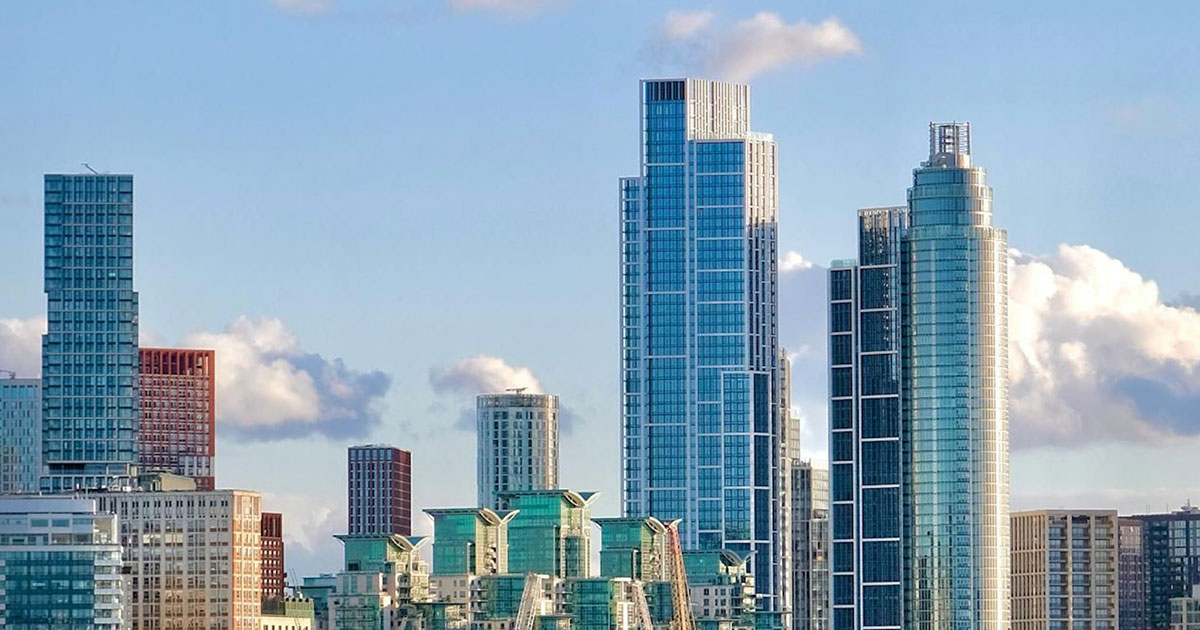Sustainability and the future of the Luxury Property Industry

Tips and Traps for Developers 2025 #1
Amidst the interplay of complex commercial concerns facing UK luxury property developers in 2025 it would be remiss to dismiss sustainability demands growing in this sector notwithstanding the acute financial pressures faced by developers borne out of economic volatility, rising construction costs, regulatory and planning concerns, and market demand.
The increasing alignment of luxury consumer expectations with properties that reframe a traditional concept of “luxury” presents an imperative for developer brand distinction and values borne out of a close consideration of environmental responsibility including the incorporation of energy efficient low-carbon technologies and use of sustainable materials in build out and the establishment of long-term community led planning strategies and ethical relationships and working practices as well as a gross reduction of waste in the sector and implementation of water conservation mechanisms.
In particular, there is a growing awareness in affluent Generation Z consumers, born in the late 1990s to early 2010s, who have a sharp focus on sustainability and will drive sector change in their property investments. While we have not yet seen changes in the luxury residential property industry brought about by regulation or lending practices, market experts in this sector will attest to an incremental movement towards meaningful change in the use of environmental and social innovation in luxury residential property.
There are significant practical challenges to be addressed at inception of a luxury scheme looking to integrate sustainable materials and eco-technologies and smart-home infrastructure into units and engender collaborative relationships with sustainable focused partners. From costs analysis and addressing regulatory requirements, to ultimate luxury product delivery where sustainable elements must not compromise the overall aesthetic demanded by a super-prime purchaser. However, dismissing a sustainability focus would be shortsighted.
| Tips |
|---|
| 1. Be at the fore as the sector evolves led by the environmentally aware UHNW Generation Z consumer where the business demand is assured notwithstanding that the legal imperative may not yet be in place |
|
2. Questions to think about when consulting your PR, media and sales strategy advisors:
|
| Traps |
|---|
| 1. Failing to capture smarter outputs aligned with building efficiently |
| 2. Failing to consider lending relationships and opportunities by diversifying funding structures |
| 3. Failing to promote sustainability as a brand asset |
Subcribe to news and views




